- full price € 15 at the box office - € 14 online
- reduced price € 12 at the box office - € 11 online
for young people aged between 18 and 25 (not yet turned 25); for groups of 15 people or more; La Galleria Nazionale, Museo Ebraico di Roma ticket holders; upon presentation of ID card or badge: Accademia Costume & Moda, Accademia Fotografica, Biblioteche di Roma, Centro Sperimentale di Cinematografia, Enel (for badge holder and accompanying person), FAI – Fondo Ambiente Italiano, Feltrinelli, Gruppo FS, IN/ARCH – Istituto Nazionale di Architettura, Sapienza Università di Roma, LAZIOcrea, Palazzo delle Esposizioni, Amici di Palazzo Strozzi, Accademia Nazionale di Santa Cecilia, Scuola Internazionale di Comics, Teatro Olimpico, Teatro dell’Opera di Roma, Teatro di Roma, Università degli Studi di Roma Tor Vergata, Youthcard; upon presenting at the ticket office a Frecciarossa or a Frecciargento ticket to Rome purchased between 27 November 2024 and 20 April 2025
- open € 18
valid for one year from the date of purchase
- free
minors under 18 years of age; disabled people requiring companion; EU Disability Card holders and accompanying person; MiC employees; myMAXXI cardholders; registered journalists with a valid ID card; European Union tour guides and tour guides, licensed (ref. Circular n.20/2016 DG-Museums); 1 teacher for every 10 students; AMACI members; CIMAM – International Committee for Museums and Collections of Modern Art members; ICOM members; journalists (who can prove their business activity); European Union students and university researchers in art history and architecture, public fine arts academies (AFAM registered) students and Temple University Rome Campus students from Tuesday to Friday (excluding holidays); IED – Istituto Europeo di Design professors, NABA – Nuova Accademia di Belle Arti professors, RUFA – Rome University of Fine Arts professors; upon presentation of ID card or badge: Collezione Peggy Guggenheim a Venezia, Castello di Rivoli Museo d’Arte Contemporanea, Sotheby’s Preferred, MEP – Maison Européenne de la Photographie; on your birthday presenting an identity document
Collection
MAXXI’s Collection of Art and Architecture represents the founding element of the museum and defines its identity. Since October 2015, it has been on display with different arrangements of works.
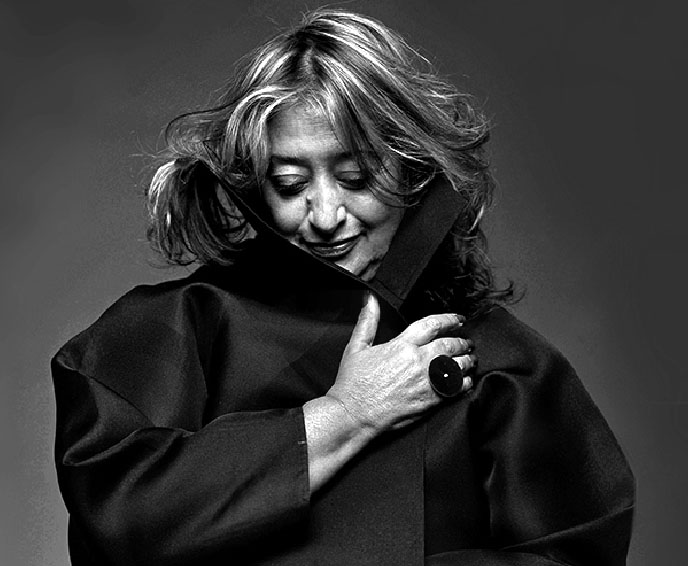
other upcoming events
26 Jan 2025 04.30 pm
MAXXI in famigliaProgettare il cambiamento
28 Jan 2025 06.00 pm
auteur conversationsGuido Guidi
29 Jan 2025 04.30 pm
MAXXIperTUTTIDalla materia al simbolotactile lab
30 Jan 2025 06.00 pm
talkMusei possibili. Storia, sfide, sperimentazionicurated by Fulvio Irace













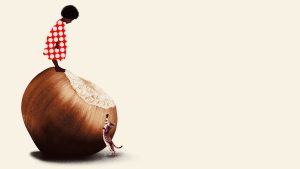
















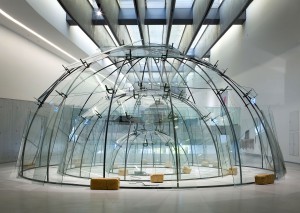
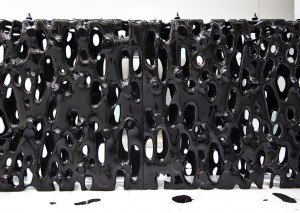
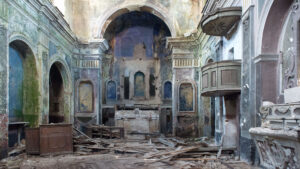




Rome, 31 March 2016. The totally unexpected and for all of us at MAXXI particularly painful news of the sudden death of Zaha Hadid arrived this afternoon. Born in Baghdad in 1950, she studied firstly in Beirut and then, from 1972, at the prestigious Architectural Association school in London. From the Hong Kong Peak Leisure Club of 1983 through to the most recent projects around the globe, during her career Hadid designed some of the most interesting buildings of the last 40 years.
Among these is our own MAXXI, a place in which each day we feel her expressive strength and capacity to create living, vital urban space.
One of Hadid’s two Stirling Prizes was in fact awarded for the MAXXI project. In 2004 she was the first woman to win the Pritzker Prize, while this year she was presented with the RIBA Gold Medal in London.
“I had the honour to get to know Zaha Hadid well”, says Giovanna Melandri, President of the Fondazione MAXXI. “A great woman: creative and innovative, who gifted us the remarkable architecture of “our” MAXXI. Her sudden death saddens me terribly. We shall greatly miss her flair and talent.”
“We are profoundly grateful for the contribution Zaha Hadid made to design culture”, says Hou Hanru, Artistic Director of MAXXI. “The MAXXI project defines an innovative type of art museum; it represents an inspiration and at the same a challenge for artists and curators and for museum practices.”
“I am proud to have worked with Zaha on the creation of MAXXI’s great urban campus”, says Margherita Guccione, Director of MAXXI Architettura. “I consider Zaha Hadid to be a genius who with her ability to look ahead anticipated the forms and dynamics of contemporary creativity.”